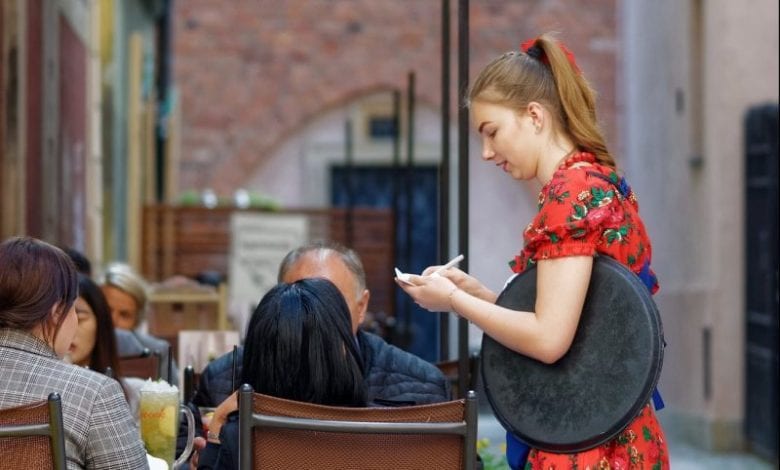Understanding restaurant CVAs and closures

As recently reported by Catering Today, the number of restaurant insolvencies has risen by 25% in the past 12 months. This news came within weeks of 23-site restaurant chain Abokado announcing it was entering into a Company Voluntary Arrangement (CVA) and follows a general trend of high-profile closures throughout the world of catering and hospitality.

